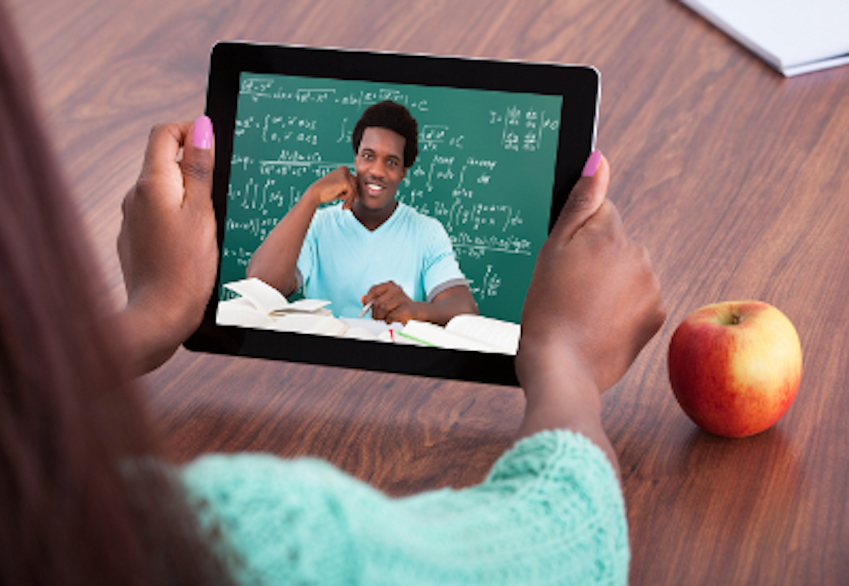Whether teaching online or face-to-face, the importance of creating a strong rapport with students is clear. Yet, those of us teaching online may be at a disadvantage. The remote, asynchronous nature of the online classroom creates a natural psychological distance between us and our students (Falloon, 2011; Moore, 1997). But, addressing this disconnect may be as simple as personalizing our online teaching presence. The personalization principle (Clark & Mayer, 2011) highlights that by presenting content in a student-friendly, conversational, personalized tone, online instructors can simultaneously increase student learning and engagement.
There are many benefits to personalizing the online classroom. Compiled below are the top five, note-worthy tips for, and benefits of, personalizing your online classroom:
-
Show your face – Incorporate short videos of yourself introducing the weekly activities or reviewing key course content. Personalization aides in creating and maintaining a strong rapport with students; this personalized connection allows them to feel comfortable asking the instructor questions and taking other essential learning risks. Quite simply, students will feel more comfortable with the instructor and their learning environment, than when in a non-personalized class.
-
Change your tone – Rather than interact in your online classroom using formal, academic writing, shift your tone to a more relaxed, first-person style. Something as simple as utilizing a conversational tone (first or second person) versus third person can increase student engagement. This shift in conversational tone is quick, easy, and efficient, but offers an opportunity to impact the learning experience in a meaningful way.
-
Provide options – Incorporate audio or video presentations of you presenting the course content. Students prefer to have a choice in the way the content is delivered. Incorporating personalized materials offers students choices in the online environment, such as having the choice to either read or listen to the lecture for the week. This personalization creates more of a “live” classroom feel that fosters student connection and motivation.
-
Make “eye-contact” – In the face-to-face classroom, eye-contact individualizes an interaction and shows personal attention. Use audio and video to personalize the asynchronous interactions with online students. Personalized messages, interactions and feedback demonstrates your investment and connection with each student. Personalization promotes positive interactions between the instructor and student which may also lead to lower course withdrawal rates.
-
Establish your presence – Personalization is a great way to increase teaching presence and social presence. Providing personalized content enhances instructor presence as it makes teaching more “visible” and humanizes the online classroom.
References
Clark, R. C., & Mayer, R. E. (2011). E-Learning and the science of instruction: Proven guidelines for consumers and designers of multimedia learning (3rd Edition) San Francisco, CA: John Wiley & Sons.
Falloon, G. (2011). Making the Connection: Moore’s Theory of Transactional Distance and Its Relevance to the Use of a Virtual Classroom in Postgraduate Online Teacher Education. Journal of Research on Technology in Education, 43(3), 187-209.
Moore, M. (1997). Theory of transactional distance. In D. Keegan (Ed.), Theoretical Principles of Distance Education (pp.22-38). New York: Routledge.
Sarah Robertson
Latest posts by Sarah Robertson (see all)
- 5 Tips for Personalizing Online Teaching - February 19, 2016
